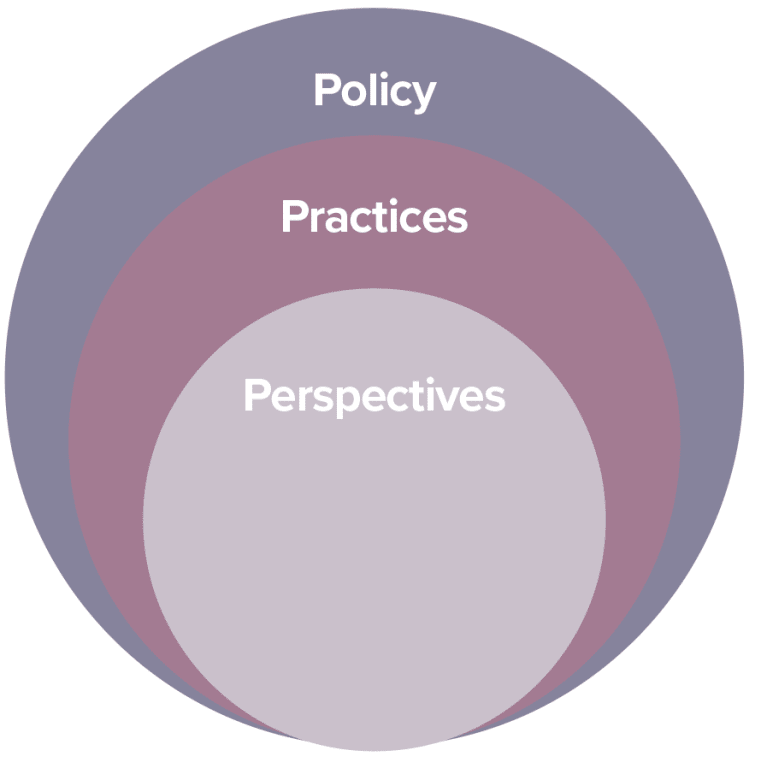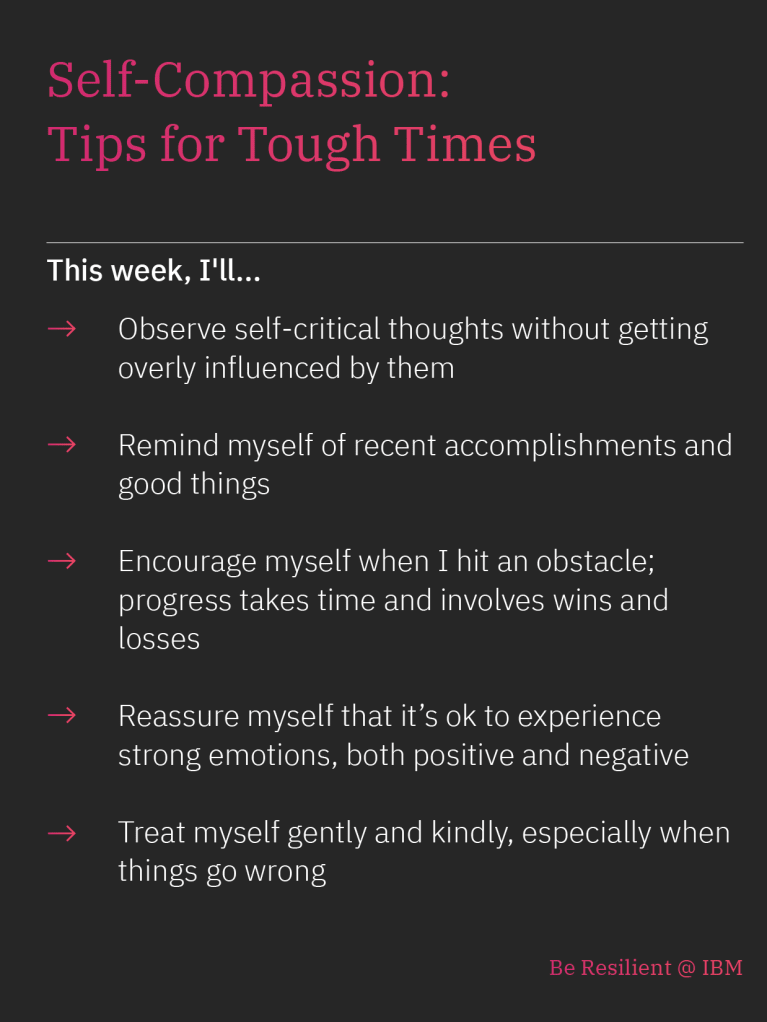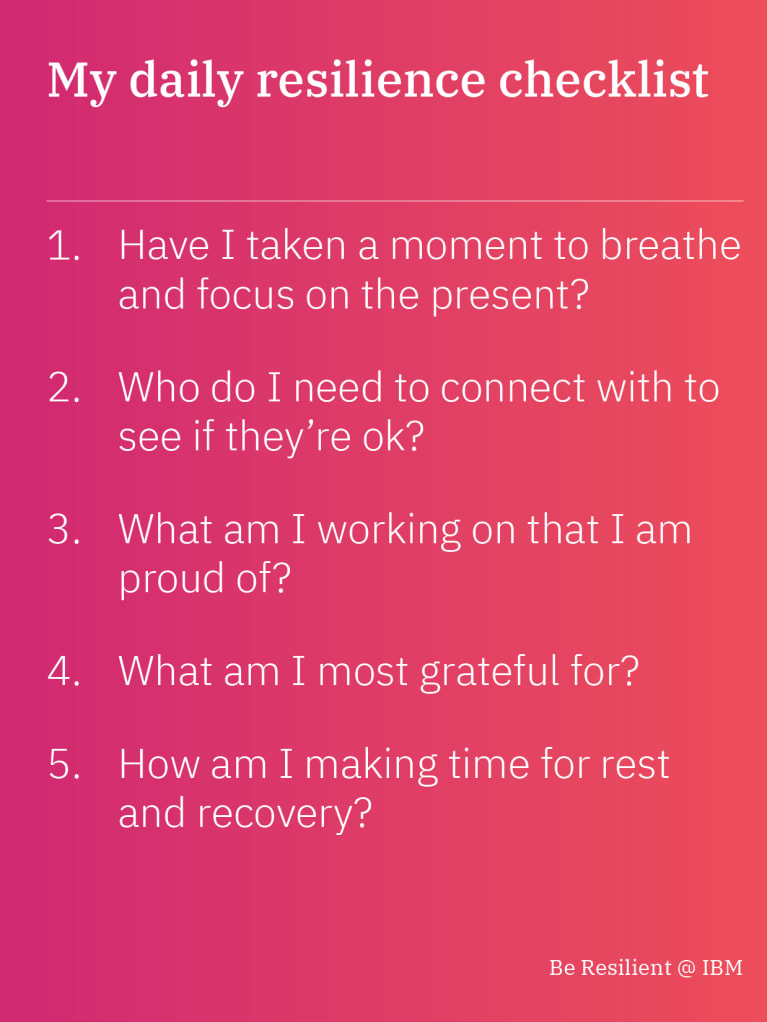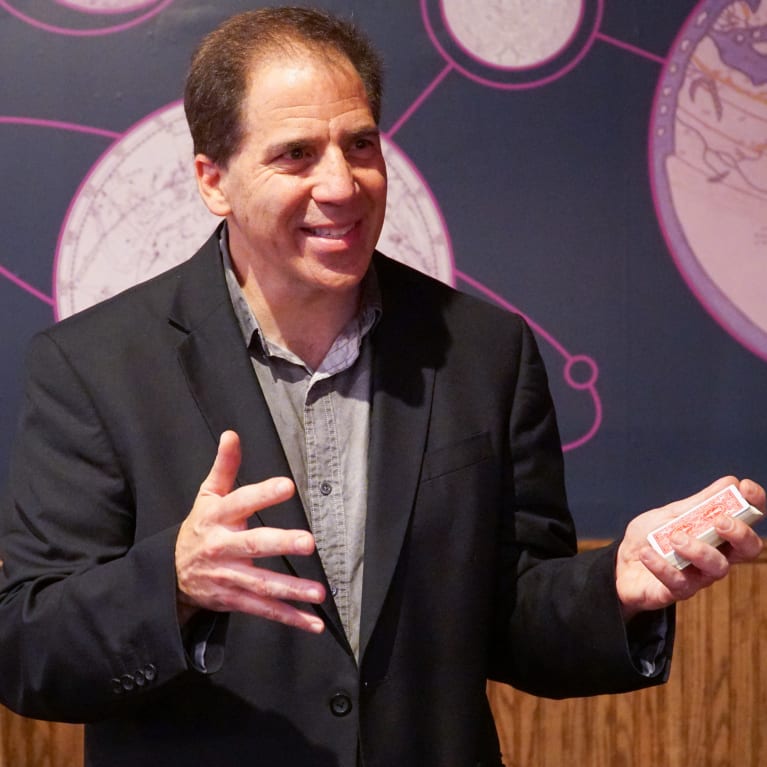|
Practices
Creating clarity and context. Given the different impact of COVID-19 on each of the 173 countries in which IBM operates, we knew that the frequency and quality of our communication would be essential to help reduce uncertainty and anxiety. We also developed an approach to give IBMers a means to be heard so that critical information could be exchanged quickly. We adopted a “single source of truth” model for COVID-19 facts and communication and
 updated the intranet page around the clock.
At the same time, we knew IBMers would need many sources of support. For example, managers would be on the front line of crisis response, whether in a newly virtual environment or under newly challenging conditions with essential workers. Managers would have to think, act and model behavior differently. Within 24 hours of creating the Coronavirus Updates page, we launched the Leading in Challenging Times site to serve as the single access point for everything a manager would need, including skill-building around crisis management and building psychological safety, identifying signs of psychological distress, engaging a virtual team and understanding workplace stress. The site is updated regularly as the crisis evolves across the world.
Connecting with trusted leaders. We established a regular cadence of CEO communications and opened up a Slack channel for real-time communications. Our CEO released a weekly video that provided information, clarity of direction and confidence about the future. Senior leaders shared personal video messages, expressed empathy and support, and helped teams reprioritize actions for our clients and each other.
We also created a direct channel to trusted subject matter experts, including IBM’s Chief Medical Officer and resident epidemiologists, to reassure IBMers that we had their health and well-being—physical and mental—at the center of every decision we made.
“Think about yourself and your clients. Are you in grit mode for them? Or are you also helping them to think about resilience to emerge stronger for the future? What do they need to be strong? You’re an IBMer. You demonstrate resilience. You’re essential to our clients. And you’re essential to me,” said Bridget Van Kralingen, Senior Vice President of Global Markets, in an all-IBM sales broadcast on April 28.
We also introduced two-way forms of communication. Building upon an existing Ask Me Anything channel in Slack, where IBMers ask subject matter experts questions on predetermined topics, we initiated Ask an IBMer Anything events during COVID-19 that allow colleagues to drive the content and share tips and best practices, building a sense of community while an executive moderates the discussion.
From those sessions, we were able to anonymize and extract comments and run them through the Watson Sentiment Analysis tool to understand IBMers’ sentiment during those events. For example, we know that our Ask Me Anything event with IBM’s Chief Medical Officer broke a record for the number of questions asked, and the Ask an IBMer Anything event on the topic of “How are you taking care of your mental health during these challenging times?” had record-breaking engagement. These findings made clear that allowing employees an opportunity to participate in an open discussion about taking care of their mental health led to a spike in engagement.
Checking in, at scale. Several weeks into the crisis, we leveraged our IBM Polls application to ask three simple questions of IBMers:
- How are you doing?
- How able are you to get your job done?
- Are you getting the support you need from management?
From these simple questions, rated on a scale and providing open text fields for comments, we garnered insights into IBMers’ overall well-being, productivity and access to resources and support needed, along with suggestions for leaders for where to focus improvements.
 Co-creating solutions. Co-creating solutions. One of the most inspiring features of IBMers’ resilience during the pandemic was the outpouring of peer-to-peer support and solutions. Initially, when COVID-19 first impacted our colleagues in China, Slack channels appeared offering support and encouragement. These channels created a space where IBMers could help one another by sharing resources, messages of hope and insights. We learned so much from the experience of IBMers who went through social distancing first, which translated into better and more effective responses later. But these channels also provided a vehicle for altruism that is psychologically beneficial to both the giver and the receiver. We also studied the dialogue for the gaps—where did IBMers need more support and information? What are we currently focusing on that maybe we shouldn’t be? Could we put that energy elsewhere?
In the midst of that effort, a group of IBMers began sharing their concerns and experiences working from home while caring for other obligations. Their dialogue with leaders who were also part of our IBM Executive Women’s Council resulted in the IBM Work from Home Pledge, a set of commitments and expectations intended to make the experience of working from home during COVID-19 more manageable. It went viral internally almost overnight. This was grassroots, co-created by IBMers and their managers, and now thousands of IBMers around the world have taken the pledge, including our CEO.1 The pledge is a great example of empathy, solidarity and understanding.
A Family@IBM Slack channel was created to help working parents find ways to entertain and educate their children. It includes a learning channel where people can invest in their own skill development and share a learning journey with others. The coronavirus-support Slack channel is a place where IBMers can offer—and ask for—help during this time. IBMers are volunteering to read to children of their colleagues during their lunch hour or at bedtime.
Perspectives
Scaling resilience to build skills and capabilities. Prior to COVID-19, we launched an evidence-based digital resilience program to United States IBMers and have seen significant improvements in participants’ ability to reduce their anxiety, depression and improve their sense of emotional control. Top focus areas of participants have been purpose, support system, positivity and empathy. This digital cognitive behavioral therapy program and other benefit programs are being evaluated and deployed globally.
“With this crisis, we are going to learn a lot about ourselves in the coming months. It’s not going to be easy, but it’s also an opportunity to do things differently. We are all undertaking a great experiment in the nature of work—not because we want to but because circumstances have forced our hand. Chaotic times have a way of reordering reality; and in the process, opening doors to new opportunities and mindsets,” said Arvind Krishna, CEO of IBM, in My First Day as CEO: Our Journey Together.
Along with this solution, planning was already underway prior to the pandemic for a new resilience learning experience. When it became clear that resilience was going to be a must-have capability, we fast-tracked the launch of tools to help employees understand the importance of resilience and build habits and practices that will help them through and beyond the immediate crisis. Under the banner Be Resilient @ IBM, we now offer the Starter Kit, an interactive workbook of content and activities to help learners personalize concepts, including a comprehensive, digital, self-paced learning experience for a dozen topics and a set of quick checklists and reminders that can be shared on social platforms.
Equipping managers to support their teams. We are also focused on helping managers develop their ability to lead through the recovery and renewal—showing up at their best at this critical moment and supporting their teams to stay resilient, focused and engaged. That includes being able to identify colleagues in need of help in a digital environment.
Looking Ahead
 Perhaps the most challenging aspect of this work is shifting our mindset about the role and responsibility for corporations in this highly personal area.
Stigma impacts the willingness of employees to share their experiences, and the willingness and ability of colleagues to deal with the challenges of mental health, emotional health and well-being. Adding to stigma, privacy and liability issues leave many leaders feeling uncomfortable with shifting expectations around emotional and mental health issues at work.
Another challenge is that the dominant discourse in corporations pertaining to human resources has been driven by outcomes: efficiency, effectiveness, agility and innovation. We have a strong preference for solutions that are proactive, proven, measurable and scalable. While the disciplines of psychology, social work and corporate emotional well-being and mental health are full of evidence-based solutions, the path of healing from trauma is not linear, requiring a different level of patience and courage in the face of ambiguity, flexibility and compassion. We will need a level of systemic responsiveness and adaptability that will be uncomfortable.
For years, we’ve been talking about creating workplaces where people can bring their whole selves to work. Now is the time to shift our mindset and enable our leaders and teams with a powerful new lens on their opportunity to create resilient environments. By applying the three core principles of policy, practices and perspectives in ways both old and new, and doing so at scale in the face of shared trauma of COVID-19, we are helping our employees, our leaders and our enterprise build new recovery and resilience muscles.
Deb Bubb is Vice President, Human Resources, and the Chief Leadership, Learning and Inclusion Officer for IBM.
Joanna Daly is Vice President, Compensation, Benefits, Corporate Health and Safety, and HR Business Development at IBM.
References
1 Arvind Krishna LinkedIn Post, May 2, 2020, I pledge to support my fellow IBMers working from home during COVID-19.
| 

 updated the intranet page around the clock.
updated the intranet page around the clock.
 Co-creating solutions. One of the most inspiring features of IBMers’ resilience during the pandemic was the outpouring of peer-to-peer support and solutions. Initially, when COVID-19 first impacted our colleagues in China, Slack channels appeared offering support and encouragement. These channels created a space where IBMers could help one another by sharing resources, messages of hope and insights. We learned so much from the experience of IBMers who went through social distancing first, which translated into better and more effective responses later. But these channels also provided a vehicle for altruism that is psychologically beneficial to both the giver and the receiver. We also studied the dialogue for the gaps—where did IBMers need more support and information? What are we currently focusing on that maybe we shouldn’t be? Could we put that energy elsewhere?
Co-creating solutions. One of the most inspiring features of IBMers’ resilience during the pandemic was the outpouring of peer-to-peer support and solutions. Initially, when COVID-19 first impacted our colleagues in China, Slack channels appeared offering support and encouragement. These channels created a space where IBMers could help one another by sharing resources, messages of hope and insights. We learned so much from the experience of IBMers who went through social distancing first, which translated into better and more effective responses later. But these channels also provided a vehicle for altruism that is psychologically beneficial to both the giver and the receiver. We also studied the dialogue for the gaps—where did IBMers need more support and information? What are we currently focusing on that maybe we shouldn’t be? Could we put that energy elsewhere?
 Perhaps the most challenging aspect of this work is shifting our mindset about the role and responsibility for corporations in this highly personal area.
Perhaps the most challenging aspect of this work is shifting our mindset about the role and responsibility for corporations in this highly personal area.


